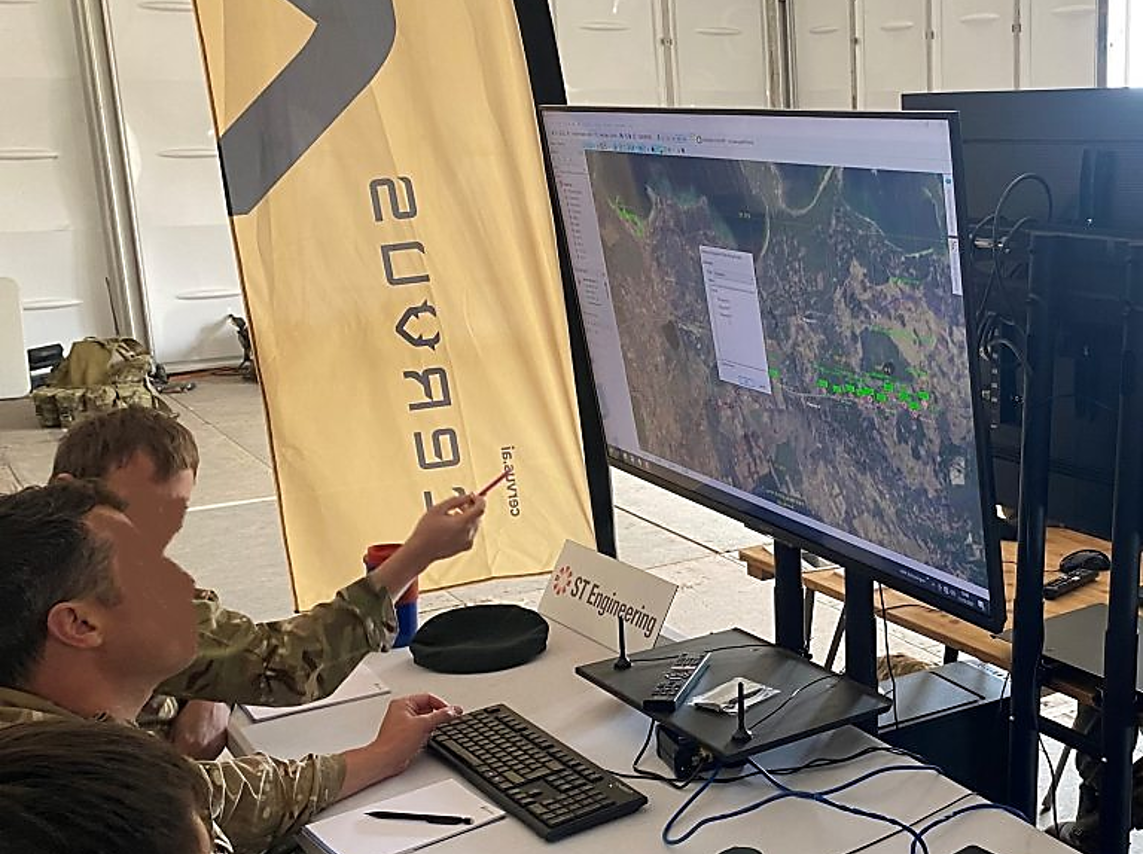In the military and defence sector, traditional approaches to training are resource-hungry.
On-the-ground exercises require large amounts of personnel and equipment. Plus, this involves detailed and demanding logistics. It means real-world military and combat training is costly, complex, and has many risks.
Virtual reality (VR) offers a practical alternative; it allows users to experience realistic scenarios and exercises and undergo combat training in the virtual world.
VR is highly immersive and interactive. Individuals gain experience in combat situations and participate in equipment, vehicle, and medical training but in synthetic training environments.
How Useful is VR in Military Training?
VR training incorporates a broad assortment of military and defence applications.
These include battlefield and warfare simulations, logistics, fire training, intelligence and reconnaissance. VR training combines sophistication with user-friendliness and is highly adaptable to the demanding and diverse military training requirements.
For the military and defence sector, VR offers multiple benefits.
Here are the most crucial:
Scalable training
VR has no limits. Whatever the training needs and the equipment or manpower required, VR can supply it. Whether it's routine operational training, an elite combat mission or a large-scale battlefield strategy, there will be an adaptable, customisable and immersive application.
VR training platforms provide high levels of consistency in the quality of training, however many personnel this involves.
Deep engagement
For the individual trainee or user, VR feels very real. Combat and other virtual military training environments offer a significant depth of user engagement. The better engaged they are, the more effective the training.
Hands-on experience
Military trainees get to experience combat and defence scenarios and missions first-hand. This as-if quality provides the perfect opportunity for training under conditions that, in the real world, would be too hazardous or costly to create.
VR environments are safe and controlled while offering trainees a vivid sense of what it's like to operate under pressure.
Iterative learning
VR allows trainees to get things wrong without the consequences of doing this in the field. In simulated environments, they can try out manoeuvres and learn to operate equipment without risk of personal injury or damage to equipment.
Repetition is potentially unrestricted, which supports continual improvement as trainees hone their skills via simulation.
Cost effectiveness
Training in real-world environments, with transport and equipment, in harsh conditions and remote locations is expensive. Military budgets are under strain. Adopting VR offers a cost-effective solution without sacrificing any of the rigorous standards essential for training military personnel.
How the military sector uses VR
VR offers the military a broad range of training options, including combat training and training for practicing procedures and operating critical equipment and weaponry. VR is also a vital training component for military personnel to learn and train for cyber defence.
The capabilities and potential of VR to deliver training to the highest standards include all branches of the military, covering land, air and sea training and operations.
Here are some examples:
For military exercises, the use of computer-generated forces (CGF) widens the training options for the military and reduces both cost and risk. These synthetic training environments (STEs) combine live training aspects with virtual elements.
The physical locations of individual participants pose no barrier to training. Within an STE, each participant trains in symmetry with others, as if they were taking part in exercises side-by-side on the battlefield.
Another use the military has for VR in training is for various specialised roles. These include explosive ordnance disposal (EOD) and search, vehicle driving, vehicle mechanics, tank crews and gunner and artillery command.
All these roles require dedicated training in specific skills and procedures. VR offers convenience and efficiency, widening access to training and shortening training times.
VR supports basic training and discipline too, helping infantry soldiers practice tactics and formations, alongside weapons and combat training.
For airborne military personnel, there's been a long-established use of flight simulators in training. However, VR offers far more versatility for giving pilots and other aircrew training in the fundamental skills they require.
Essentially, VR can transform the classroom into a training cockpit, enabling personnel to learn and practice specialist skills without depending on either specialist simulation hardware or physical aircraft.
Sailors are using VR headsets to train with sophisticated navigation simulation programmes and practice dangerous naval manoeuvres. Software can replicate ship's bridges, port operations and entire fleets, demanding weather conditions and naval combat scenarios.
Virtual Reality (VR) Military Training Solutions from ST Engineering Antycip
ST Engineering Antycip provides advanced training solutions for the military and defence sector. These cover a range of immersive simulation packages, power-wall displays, computer-generated forces, interoperability and distributed simulations and customised VR training installations.
Our practical experience and specialist support for this sector have included enhanced Eurofighter training, combat helicopter simulators, a defence simulator for the French Navy and an electronic warfare battlelab multi-role, multi-platform training arena for joint forces.
We’ll design and deliver bespoke VR solutions to meet the most exacting military training needs, from live-virtual-constructive (LVC) environments and 3D modelling to vehicle physics, immersive simulation scenarios and large-scale virtual combat exercises.
For more details about our VR military training products and packages, please contact us.




















